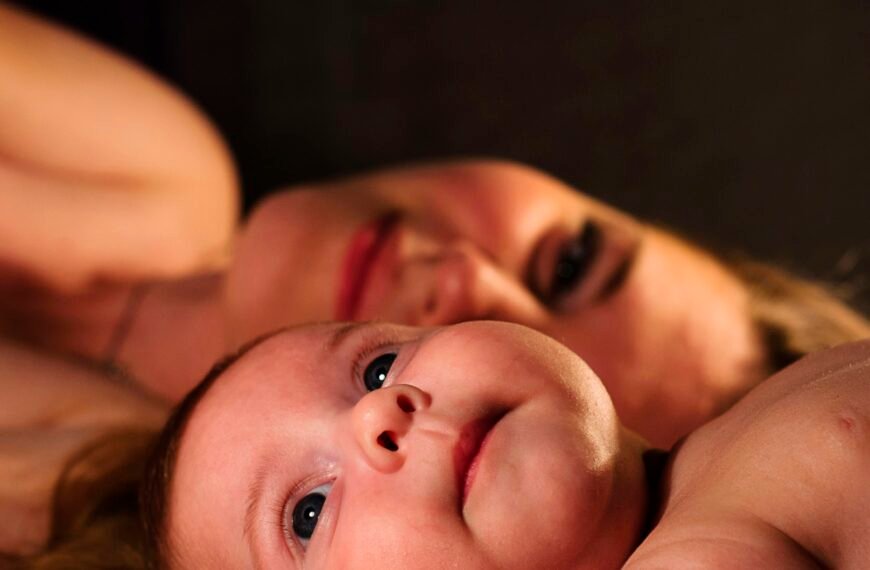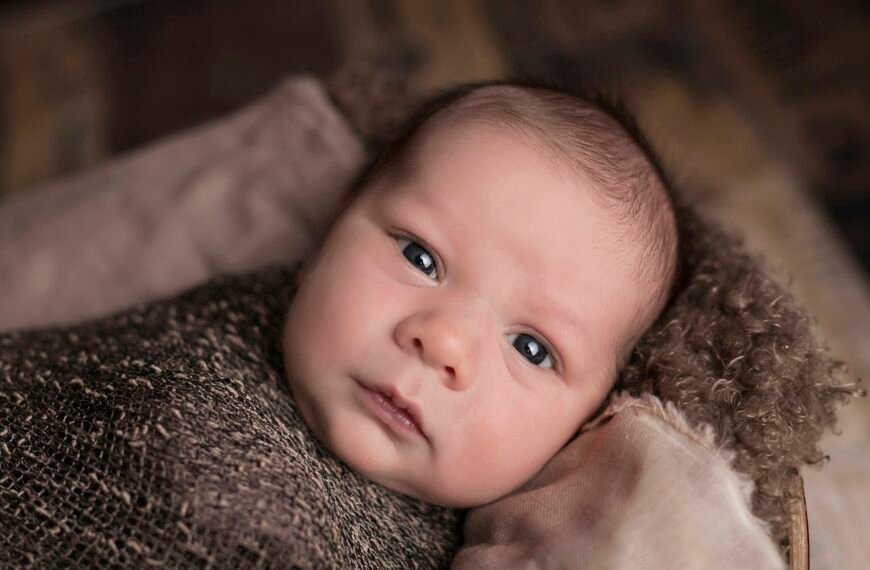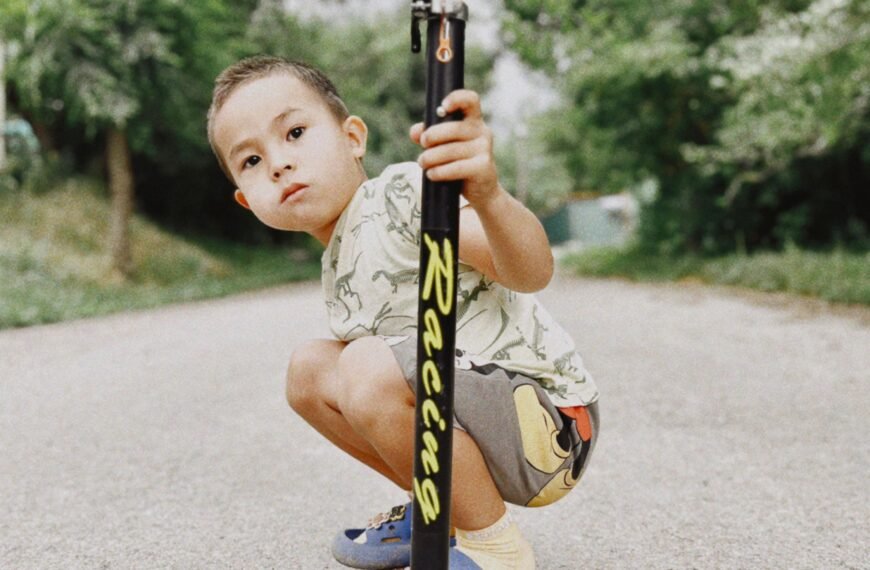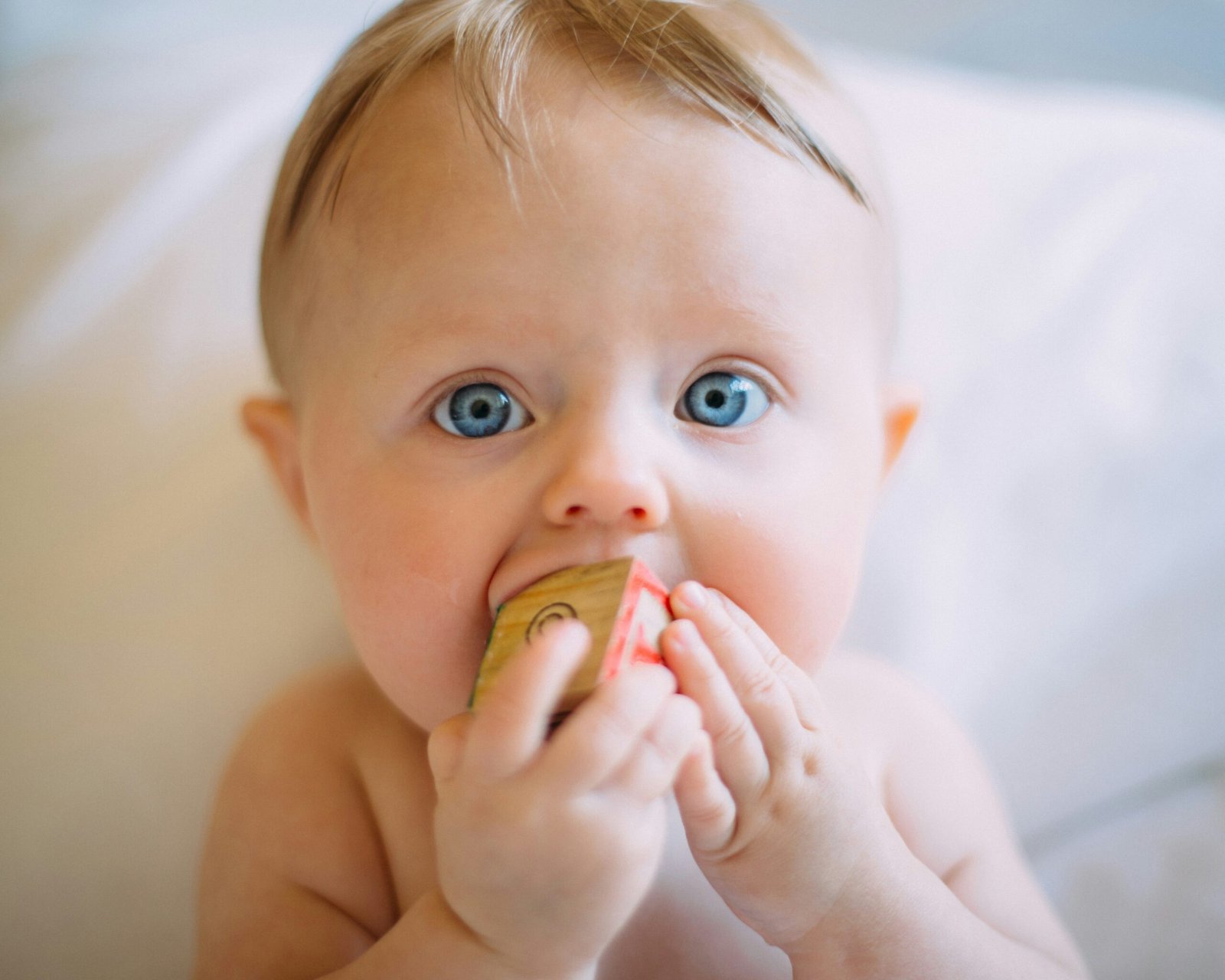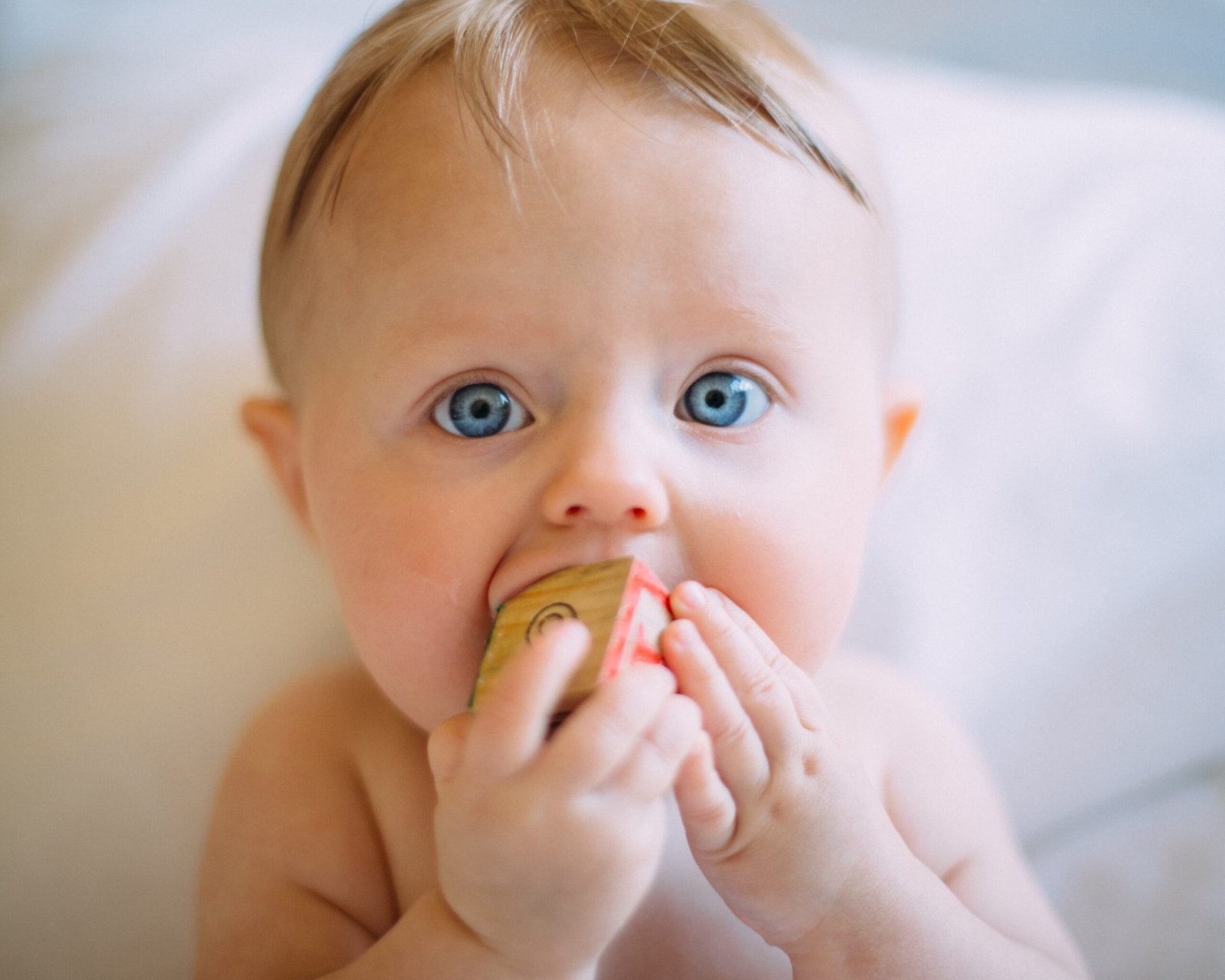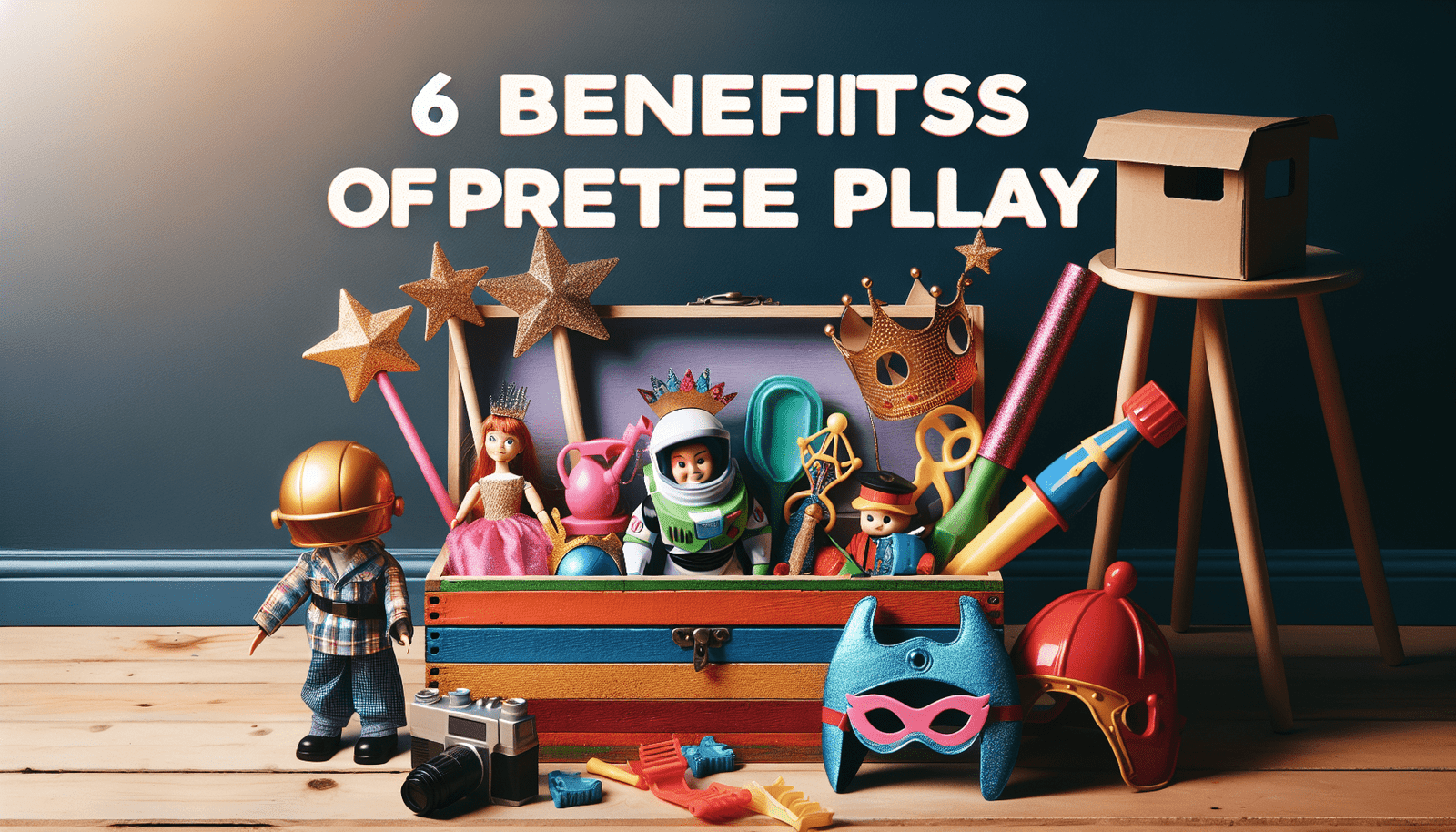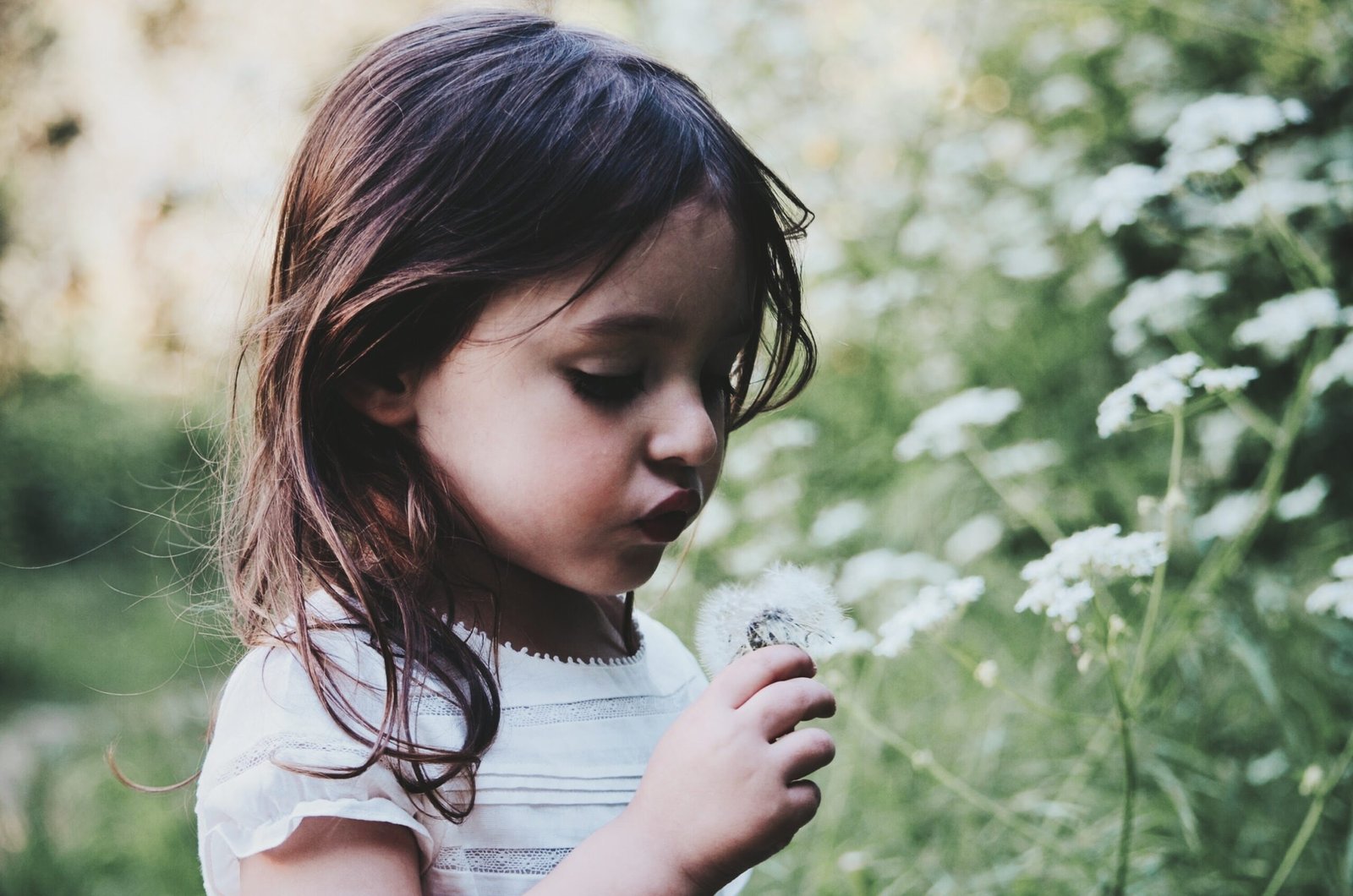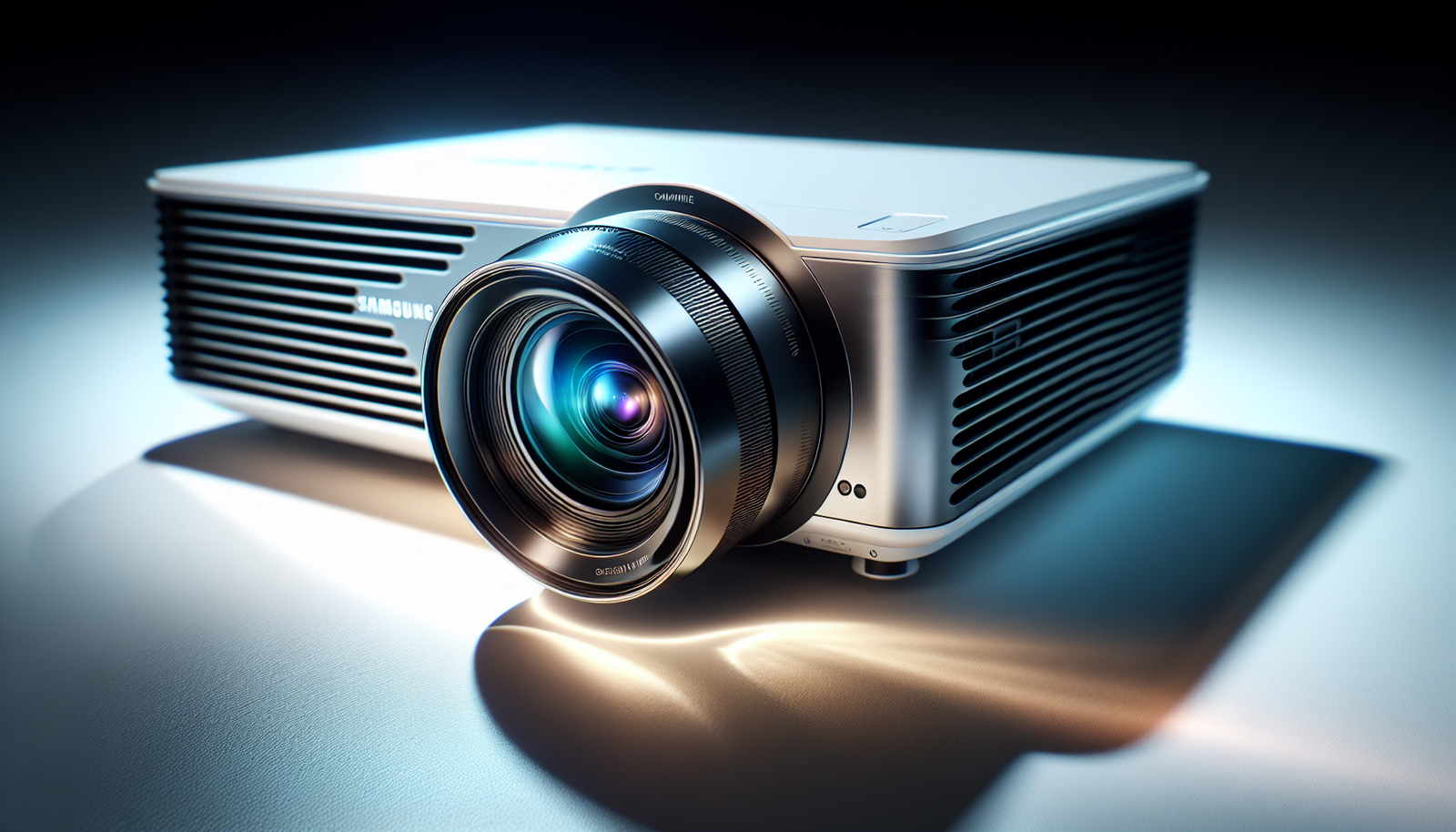If you’ve recently acquired some used baby toys and want to ensure they are clean and safe for your little one, look no further. In this article, you will discover simple and effective methods for cleaning used baby toys, so you can provide a hygienic playtime for your child. From disinfecting soft toys to sanitizing plastic ones, we’ve got you covered. Say goodbye to worries about germs and hello to a healthier environment for your little bundle of joy. So let’s get started on making those used baby toys sparkly clean!

Check Baby Toys Guide & Review
Inspect the Toys
Before starting the cleaning process, it’s important to first inspect the toys thoroughly. This will help identify any damage or potential hazards that may pose a risk to your child’s safety. Check for any sharp edges, broken parts, or loose components that could easily be swallowed.
Check for damage
Inspect each toy carefully for any signs of damage. Look for cracks, splinters, or any other visible issues that may compromise the toy’s structural integrity. If you come across any damaged toys, it’s best to discard them to prevent potential injuries during playtime. Safety should always be the top priority, so it’s better to be cautious when it comes to damaged toys.
Remove any loose parts
To ensure the safety of your child, it’s crucial to remove any loose parts from the toys. These loose parts can pose a choking hazard and should be detached and either properly fixed or discarded. Taking the time to secure any loose parts will give you peace of mind when your little one is playing with their toys.
Sort toys by material
Toys are made from different materials, and each material requires specific cleaning methods. Sort the toys into different categories based on their material, such as stuffed toys, plastic toys, wooden toys, bath toys, soft plastic toys, metal toys, and electronic toys. This will help streamline the cleaning process and ensure that you clean each toy effectively without causing any damage.
Cleaning Precautions
When cleaning used baby toys, there are a few precautions to keep in mind. These simple steps can help maintain the quality of the toys and ensure that they are safe for your child to play with.
Read manufacturer’s instructions
Before cleaning any toy, it’s always a good idea to read the manufacturer’s instructions, if available. Different toys may have specific cleaning recommendations that you need to follow to avoid damaging the toy or compromising its functionality. If you can’t find the instructions, follow the general cleaning guidelines mentioned in this article.
Consider toy material
As previously mentioned, different toy materials require different cleaning approaches. Understanding the material of each toy is essential because it will determine the cleaning method you should use. For example, fabric toys may require spot cleaning or machine washing, while plastic toys can be washed with warm soapy water. Taking into account the unique needs of each toy material will help you clean them effectively and safely.
Avoid excessive moisture
Excessive moisture can damage certain types of toys, especially those made of wood or stuffed with sensitive materials. It’s important to avoid soaking or immersing toys in water unless they are specifically designed to be waterproof. Instead, use a damp cloth or sponge for spot cleaning or lightly dampen a cloth for wiping down toys. This precaution will prevent any potential damage and ensure the longevity of your baby’s toys.
Cleaning Stuffed Toys
Stuffed toys often become the companions and comfort of babies, so it’s crucial to keep them clean and hygienic. Follow these steps to clean stuffed toys properly:
Check if machine washable
Before tossing the stuffed toys into the washing machine, check the care label or manufacturer’s instructions to determine if they are machine washable. Some soft toys may not be suitable for machine washing due to delicate materials, battery compartments, or other factors. If the toy cannot be machine washed, move on to the spot cleaning method explained below.
Spot clean if necessary
For stuffed toys that can’t be machine washed, spot cleaning is the next best option. Start by removing any visible dirt or stains using a clean cloth or sponge dampened with a gentle cleaning solution. Gently dab the affected area, being careful not to saturate the toy. After spot cleaning, allow the toy to air dry completely before returning it to your baby.
Use gentle detergent
If the stuffed toy is safe for machine washing, place it in a pillowcase or mesh laundry bag to protect it during the wash cycle. Use a gentle detergent specifically intended for baby items to ensure it’s mild on the toy’s fabric and safe for your baby. Set the machine to a gentle cycle with cold water and let it run. Once the wash is complete, allow the toy to air dry or use a low heat setting in the dryer if the care instructions allow it.
Cleaning Plastic Toys
Plastic toys are highly versatile and durable, making them a common choice for babies and young children. Here’s how you can effectively clean plastic toys:
Determine compatibility with water
The first step in cleaning plastic toys is to determine if they can be exposed to water. Most plastic toys are water-resistant, but there may be exceptions. Check the manufacturer’s instructions or the toy label to ensure it’s safe to clean the toy with water.
Remove batteries or electrical parts
For plastic toys that contain batteries or electrical components, it’s crucial to remove these parts before cleaning. Batteries can leak and cause damage to the toy if left inside during the cleaning process. Also, electronic parts should never be submerged in water as it can lead to malfunctions or irreparable damage. Always prioritize safety and follow the specific instructions for removing batteries or electrical parts from the toy.
Wash with warm soapy water
Once you have determined the toy’s compatibility with water and removed any batteries or electrical parts, you can proceed with cleaning the plastic toys. Fill a basin or sink with warm water and add a mild dish soap or baby wash. Use a soft sponge or cloth to scrub the toys gently, paying extra attention to any dirt or grime. Rinse the toys thoroughly with clean water and allow them to air dry completely before giving them back to your child.

Cleaning Wooden Toys
Wooden toys are not only beautiful and eco-friendly but also durable and safe for babies. Proper cleaning will help maintain their quality and ensure their longevity. Follow these steps to clean wooden toys effectively:
Check for sealed or unfinished wood
Before cleaning wooden toys, it’s important to identify whether the wood is sealed or unfinished. Sealed wood has a protective coating, while unfinished wood is raw and porous. Sealed wooden toys can be cleaned more liberally, while unfinished wooden toys require a more gentle approach to prevent water damage.
Spot clean with damp cloth
For sealed wooden toys, dip a clean cloth in warm water mixed with a mild detergent. Gently wipe down the surface of the toy, paying attention to any dirt or stains. Avoid excess moisture, as it can seep into unfinished wood, causing swelling or discoloration. For unfinished wood, use a damp cloth without any cleaning solutions to clean the toy.
Avoid excessive moisture
Whether you are cleaning sealed or unfinished wooden toys, it’s crucial to avoid excessive moisture. Wring out the cloth well before wiping down the toys and ensure they are completely dry before returning them to your child. Excessive moisture can damage the wood and compromise the structural integrity of the toys.
Cleaning Bath Toys
Bath time can be a fun and enjoyable experience for babies, but it’s important to keep their bath toys clean and free of mold or mildew. Follow these steps to maintain hygiene while cleaning bath toys:
Check for mold or mildew
Regularly inspect bath toys for signs of mold or mildew. These dark spots or slimy patches can accumulate in the small crevices or holes of bath toys due to water retention. If you notice any mold or mildew, it’s essential to clean the toys thoroughly before allowing your child to play with them again.
Disinfect with vinegar solution
To tackle mold or mildew on bath toys, create a solution with equal parts water and white vinegar. Soak the toys in this mixture for about 15-20 minutes to remove any traces of mold. After soaking, scrub the toys with a brush to dislodge any remaining grime. Rinse the toys thoroughly with clean water to remove any vinegar residue.
Ensure proper drying
After cleaning bath toys, it’s vital to ensure they are completely dry before storing them. The small holes and crevices of bath toys can easily trap moisture, providing an ideal environment for mold growth. Allow the toys to air dry thoroughly, and if possible, squeeze out any excess water from the toys to speed up the drying process.

Cleaning Soft Plastic Toys
Soft plastic toys are often used as teething toys or sensory play objects by babies, so it’s essential to keep them clean and germ-free. Here’s how you can effectively clean soft plastic toys:
Wash with warm soapy water
To begin the cleaning process, wash the soft plastic toys with warm soapy water. Fill a basin or sink with warm water and add a few drops of mild dish soap or baby wash. Use a washcloth or sponge to scrub away any dirt or grime from the toys. Pay special attention to any ridges or textured areas where dirt can accumulate. Rinse the toys thoroughly under clean water to ensure all soap residue is removed.
Sanitize with bleach solution
For an extra layer of sterilization, you can sanitize soft plastic toys by using a bleach solution. Mix one part bleach with nine parts water in a basin or sink. Immerse the toys in the solution for about 10-15 minutes, making sure they are completely submerged. After the soaking period, rinse the toys thoroughly with clean water to remove any traces of bleach.
Rinse thoroughly
After the cleaning and sanitizing process, it’s crucial to rinse soft plastic toys thoroughly to remove any remaining soap or bleach residue. Leftover residue can be harmful to your baby if they come into contact with it. Rinse the toys under running water or soak them in clean water to ensure complete removal of any cleaning solutions.
Cleaning Metal Toys
Metal toys can be both sturdy and long-lasting, but they may require special attention when it comes to cleaning. Here’s how you can effectively clean metal toys:
Check for rust or corrosion
Before cleaning metal toys, inspect them for any signs of rust or corrosion. Rust can compromise the safety and structural integrity of the toys. If you notice any rusted areas, it’s best to discard the toy to prevent injuries or exposure to harmful substances.
Use mild detergent and sponge
If the metal toys are free of rust or corrosion, you can proceed with cleaning them. Mix warm water with a mild detergent in a basin or sink. Dip a sponge or soft cloth into the soapy water and gently scrub the metal toys to remove any dirt or grime. Pay attention to any intricate details or hard-to-reach areas.
Dry thoroughly to prevent rust
After cleaning metal toys, it’s crucial to dry them thoroughly to prevent rust from forming. Use a clean towel to wipe away any moisture and ensure the toys are completely dry. Leaving metal toys damp can lead to rust formation, so take the time to dry them properly before returning them to your child’s toy collection.
Cleaning Electronic Toys
Electronic toys often provide educational and interactive experiences for babies, but cleaning them requires special care to avoid damage. Here’s how you can clean electronic toys safely:
Remove batteries before cleaning
The first step in cleaning electronic toys is to remove the batteries. Leaving the batteries inside during the cleaning process can damage the toy’s electrical components or cause malfunction. Always prioritize safety and ensure the toy is completely powered off before removing the batteries.
Wipe with disinfectant wipes
To clean the surface of electronic toys, use disinfectant wipes that are safe for electronic devices. Gently wipe the exterior of the toy, paying attention to any buttons or crevices where dirt can accumulate. Avoid using excessive moisture, as it can damage the toy’s electronic components.
Avoid submerging in water
Electronic toys should never be submerged in water or any cleaning solutions. Water can seep into the toy’s circuitry and cause irreversible damage. Stick to surface cleaning methods with disinfectant wipes or a damp cloth to ensure the longevity and functionality of electronic toys.
Storage and Maintenance
After cleaning the used baby toys, it’s essential to follow proper storage and maintenance practices to keep them in good condition for future use. Here are some key tips:
Dry toys completely before storage
Before storing cleaned toys, ensure they are completely dry to prevent the growth of mold or mildew. Wipe down any excess moisture with a clean towel or allow the toys to air dry naturally. Pay special attention to hard-to-reach areas or small crevices that may retain moisture.
Keep in clean and dry containers
To prevent dust or dirt from accumulating on the toys, store them in clean and dry containers. Use plastic bins or ziplock bags to protect the toys from exposure to environmental elements. Label the containers to easily identify the toys and make it easier to rotate or switch them out for playtime.
Regularly inspect and discard damaged toys
Regularly inspect your baby’s toys to ensure there are no signs of damage or wear and tear. If you notice any broken parts, frayed fabric, or other defects, it’s best to discard the toy to prevent potential injuries. Prioritizing the safety of your child is crucial, and regularly checking for damaged toys is an integral part of that process.








